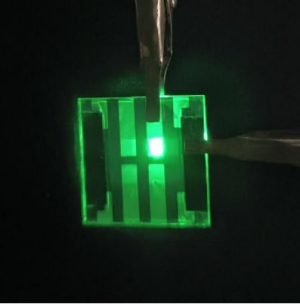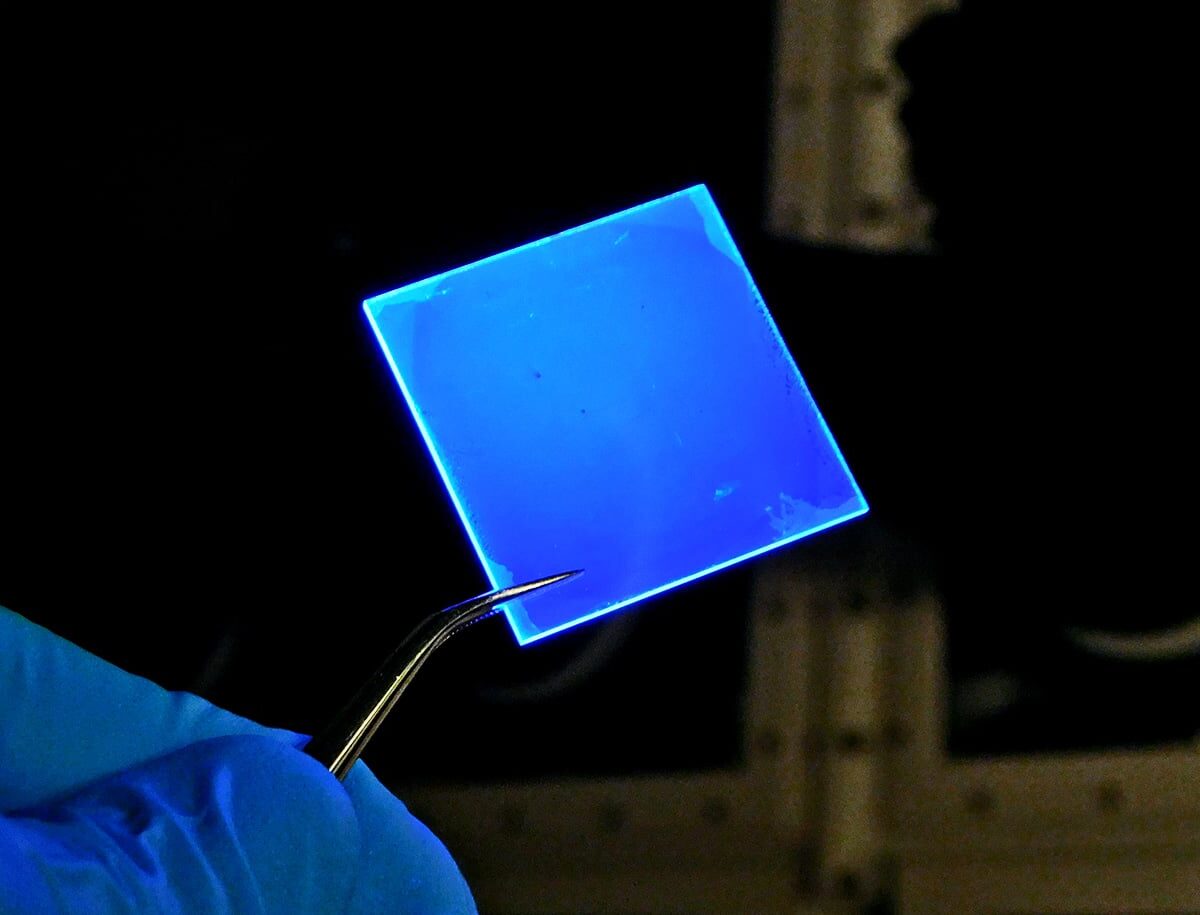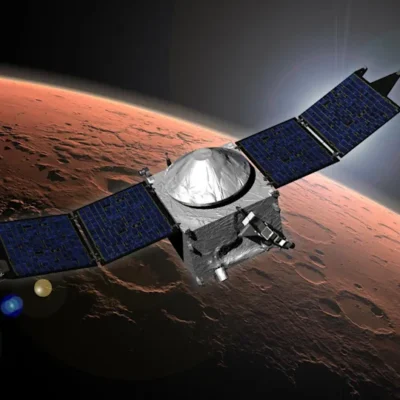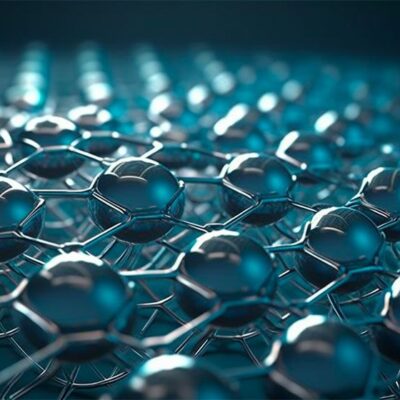In a world constantly striving for smarter, more efficient technologies, lighting may seem like an afterthought – but it’s not. Light plays a crucial role in everything from our sleep cycles to screen use and indoor productivity. And now, researchers have achieved a breakthrough that could change the way we light our homes, offices, and devices. They’ve created a paper-thin LED that glows like natural sunlight, thanks to the power of quantum dots.
This innovation isn’t just about aesthetics or convenience – it’s about developing healthier, more adaptive lighting technologies for the next generation of displays and environments.
What Makes This Light Special?
Most conventional light sources – LED bulbs, fluorescent tubes, or screen backlights – struggle to replicate the full spectrum of sunlight. They’re typically rich in blue light, which can disrupt sleep and strain the eyes. Meanwhile, the yellow and green parts of the spectrum – critical for a balanced, warm, and comfortable visual experience – are often underrepresented.

The team behind this study, led by researchers including Xianghua Wang and Lei Chen, set out to solve this problem using quantum dots. These are tiny semiconductor particles that can emit light when energized, and they can be tuned to emit specific wavelengths, or colors, with remarkable precision.
Engineering a Glow That Feels Natural
To recreate the spectrum of sunlight, the researchers synthesized three types of quantum dots: red, yellow-green, and blue. These were coated in a zinc-sulfur shell for stability and performance. The key was in the color balance – they adjusted the blend to mimic the warm, continuous glow of sunlight.
These dots were layered onto a glass substrate using indium tin oxide, a material known for being both conductive and transparent. The full structure was topped with either aluminum or silver, and in the end, the quantum dot layer measured just a few dozen nanometers thick – about as thin as a sheet of paper.
The result? A large-area, ultra-thin light source with an appearance and spectrum remarkably close to sunlight.
Practical Advantages: Eye Health, Energy Efficiency, and Real Color
One of the standout benefits of this technology is that it emits less blue light and more red light, making it better for eye health and less likely to interfere with the body’s circadian rhythm. This is particularly important for screens and indoor lighting, which are often used long after the sun has set.
In testing, the light produced by the thin QLED scored over 92% on the Color Rendering Index (CRI). This means objects appear very close to their true colors, a crucial feature for everything from interior lighting to medical imaging and photography.
The team also managed to reduce the operating voltage needed to power the device. While initial prototypes worked best at 11.5 volts, subsequent versions achieved high brightness at only 8 volts, making them much more energy-efficient and suitable for battery-powered applications like laptops and mobile devices.
Applications Beyond the Lab
This paper-thin, sunlike light source could be used in a range of future technologies:
- Next-generation screens for smartphones, tablets, and laptops that are gentler on the eyes
- Smart indoor lighting systems that adapt to the time of day and human biorhythms
- Horticultural lighting, where wavelength tuning can improve plant growth
- Wearable tech and e-paper displays, where flexibility and low power usage are essential
- Wellness environments, such as hospitals or care facilities, where calming, natural light improves comfort and health
What sets this development apart is not just the thinness or efficiency, but its ability to combine form and function – creating light that feels more natural, looks better, and performs well across applications.
A Glimpse into the Next Era of Lighting
This work demonstrates the growing potential of quantum dot technology beyond TV screens and lab demos. As researchers refine the materials and manufacturing processes, we may soon see wallpaper-like lighting panels, roll-up displays, or energy-saving indoor lights that mimic the sun.
While more development is needed before commercial rollout, this innovation is a powerful example of how materials science and nano-engineering are shaping the future of our everyday environments.





